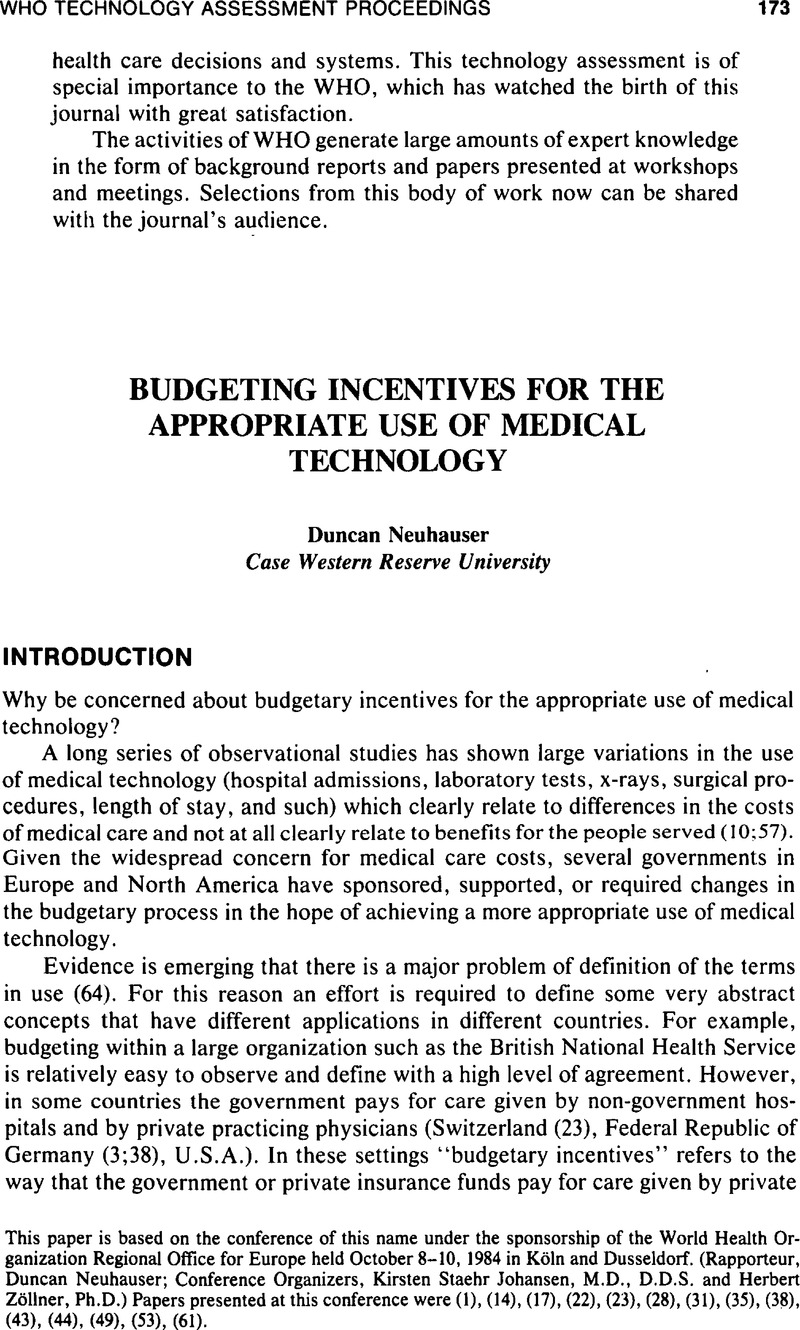Crossref Citations
This article has been cited by the following publications. This list is generated based on data provided by Crossref.
Lairson, D.R.
and
Swint, J.M.
1988.
Economic considerations in technology assessment: the case of genetic disease.
Health Policy,
Vol. 9,
Issue. 3,
p.
309.
Dirksen, Carmen D.
Ament, AndréJ.H.
and
Go, Peter M.N.
1996.
Diffusion of six surgical endoscopic procedures in the Netherlands. Stimulating and restraining factors.
Health Policy,
Vol. 37,
Issue. 2,
p.
91.





